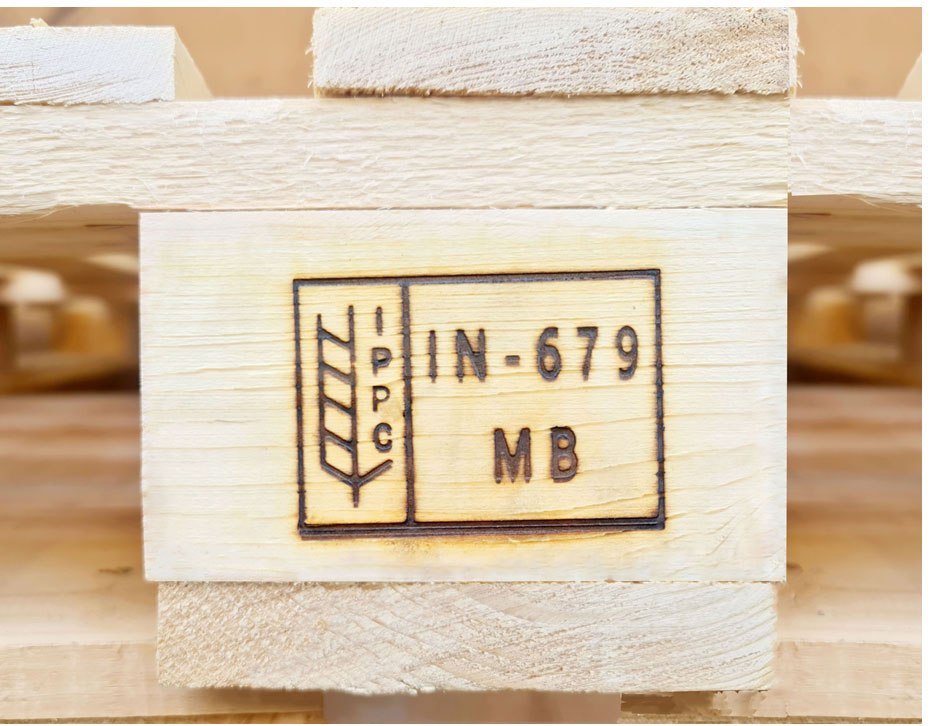

Hemant Wooden Packaging is a Mumbai-based company founded by Mr. Hemant S.Pandey, that takes pride in being a leading provider of comprehensive and reliable fumigation treatment services and heat treatment services.
Read More
Hemant Wooden Packaging is a government-authorized license holder, specializing in fumigation and heat treatment services.
We hold licenses for:
1. ISPM-15 Fumigation Treatment (License No. IN – 679 MB)
2. ISPM-15 Heat Treatment (License No. IN – 469 HT)
Guaranteeing adherence to international standards. Dedicated to quality and reliability, we utilize advanced techniques to ensure that the wooden packaging materials of our esteemed customers are pest-free and meet global shipping regulations.
Our team of experts conducts comprehensive assessments and implements tailored treatments, providing businesses across various sectors with safe and compliant solutions for international shipping.

Fumigation is a pest control technique that uses gaseous pesticides, known as fumigants, to eradicate harmful pests and microorganisms. This technique is widely used in various settings, including buildings, soil, and agricultural products, to manage infestations effectively.
The process typically involves:
• Sealing the area to contain the gas.
• Allowing the gas to permeate and act on the pests.
• Ventilating the space to ensure safety for human re-entry.
Fumigation is particularly advantageous for addressing severe contamination where traditional pest control methods may be insufficient, as it can penetrate deep into materials and structures.
ISPM 15 Fumigation Treatment Services
fumigation treatment service is a specific process designed to prevent the spread of pests and diseases through wooden packaging materials used in international shipping. This treatment involves subjecting wood to a specific temperature or chemical treatment to eliminate pests before shipping.
Why Choose ISPM 15 Fumigation Treatment?
• Compliance with Regulations: Guarantees conformity with worldwide shipping regulations.
• Global Trade Protection: Prevents pest transfer across borders.
• Environmental Safety: Safeguards ecosystems from invasive species.
• Cost-Effectiveness: Avoids costly delays and penalties associated with non-compliance.
By adhering to these standards, businesses can confidently transport goods across international borders while ensuring environmental protection and regulatory compliance..
Fumigation Services Near You
Hemant Wooden Packaging offers fumigation services across India, ensuring prompt and efficient solutions tailored to your needs. Whether you require fumigation for export, ISPM 15 compliance, or general pest control, our services are available near you. Our experienced team provides:
• Reliable and professional fumigation services.
• Custom solutions to meet your business requirements.
• Comprehensive documentation, including fumigation certificates for export purposes.
Why Choose Hemant Wooden Packaging?
• Licensed Expertise: Authorized for both ISPM 15 Fumigation and Heat Treatment.
• Advanced Techniques: Utilizing state-of-the-art equipment and methods.
• Compliance Guaranteed: Ensuring adherence to international shipping standards.
• Tailored Solutions: Customized treatments to meet specific needs.
Ensure your wooden packaging materials are safe, compliant, and ready for international shipping. Contact Hemant Wooden Packaging for reliable fumigation services and expert guidance.
